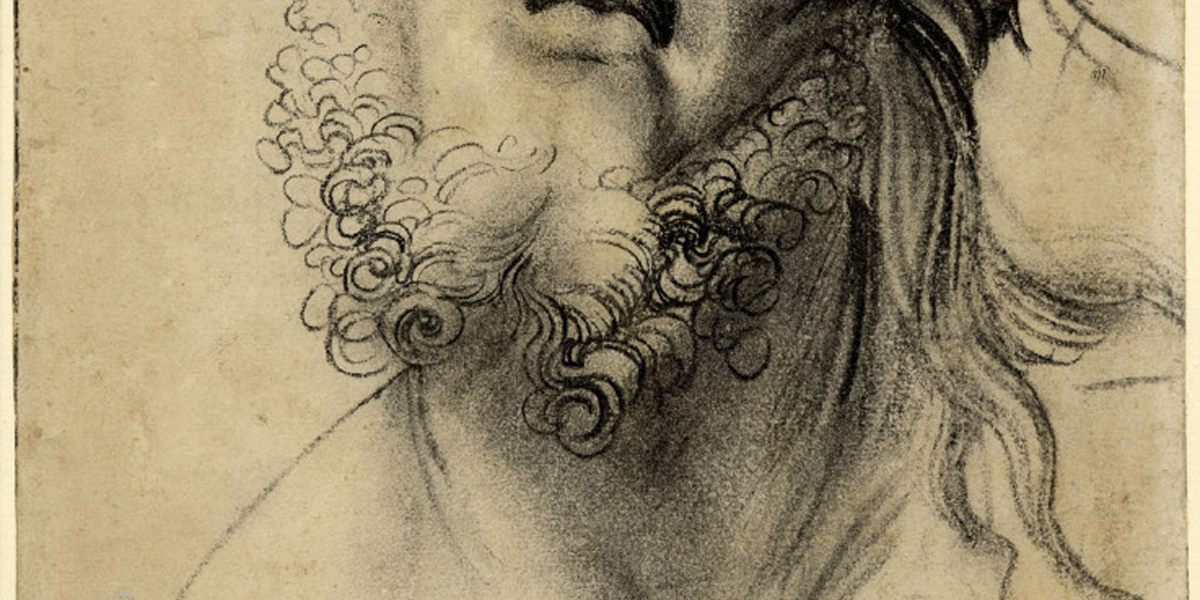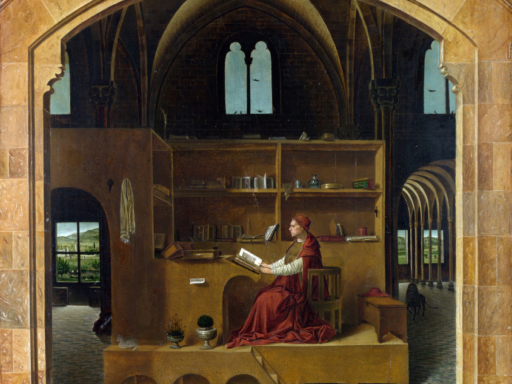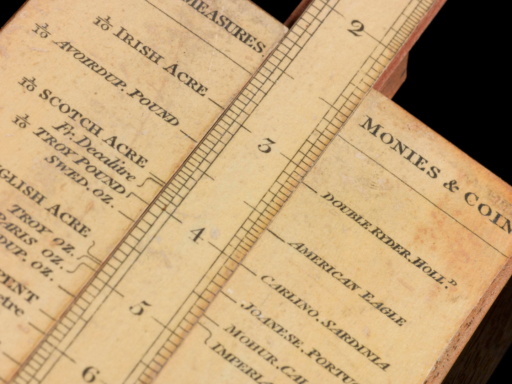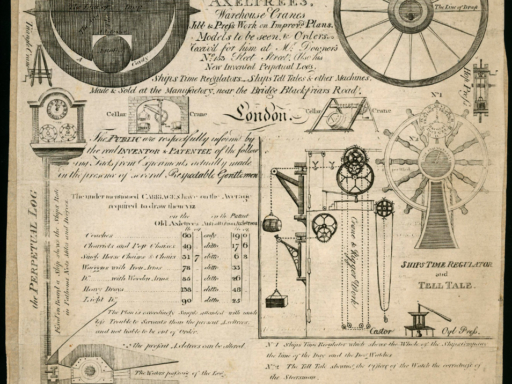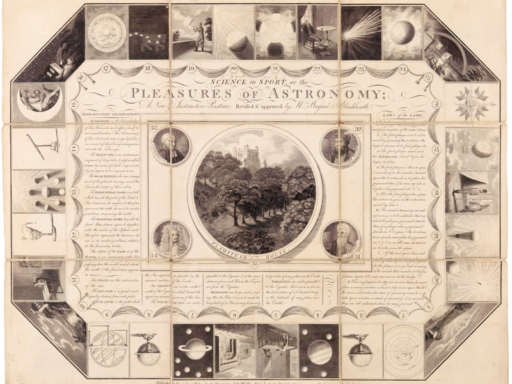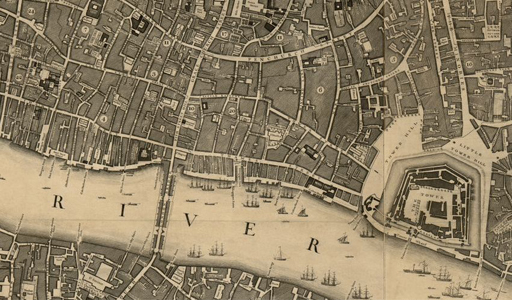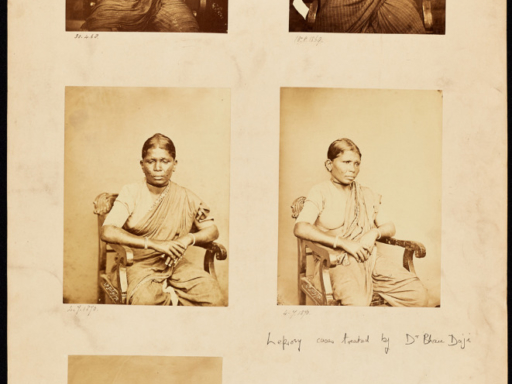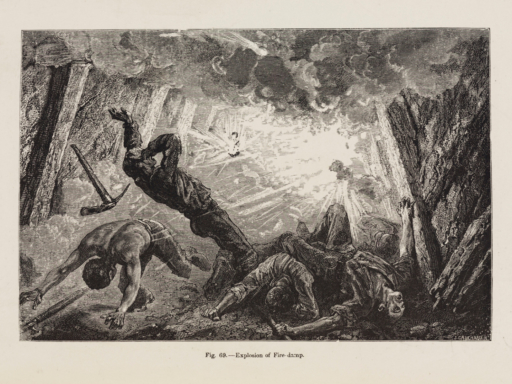This Spring issue reflects the wealth of research which continues to be conducted and written about despite pandemic disruption. A collection of papers associated with the Science Museum’s ‘Science City 1550–1800: The Linbury Gallery’ features an article by Jane Desborough and Gloria Clifton on how the absence of women in the sources on early modern science hides their very real contribution; an analysis by Rebekah Higgitt et al, on the importance of the physical spaces where science was conducted in London; and David Bryden’s focused study of a single trade card, which shows how a small ephemeral object can bring a relatively unknown inventor and tradesman to life. In other articles, Emily Rees Koerner brings Henrietta Vansittart, an extraordinary Victorian female engineer, into the spotlight; and Farrah Lawrence-Mackay explores the origins and use of the popular metaphor of ‘iron lungs’ to describe machines that were generally made of plywood. Tackling the importance of decolonisation, Kristin Hussey and Martha Biggins analyse a collection of images held by the Royal College of Surgeons Museum that depicts Dr Bhau Daji’s secret cure for leprosy, showing how Imperial power mediated the evaluation and exchange of medical knowledge between the colonies and the Metropole. Also making use of some extraordinary images, Sarah Stradal et al present research on the ways that the wounds of Christ were used in devotional practice in Medieval Europe. And finally, the Group’s Director, Ian Blatchford, presents early findings from his ongoing biographical study of Lyon Playfair, chemist, educator and politician who was instrumental in the creation of the Great Exhibition but who tends to be overshadowed by the more extravert Henry Cole. A book review and an obituary of another Science Museum Director, the extraordinary Dame Margaret Weston, round off Issue 15. We hope you enjoy reading it.
Menu

